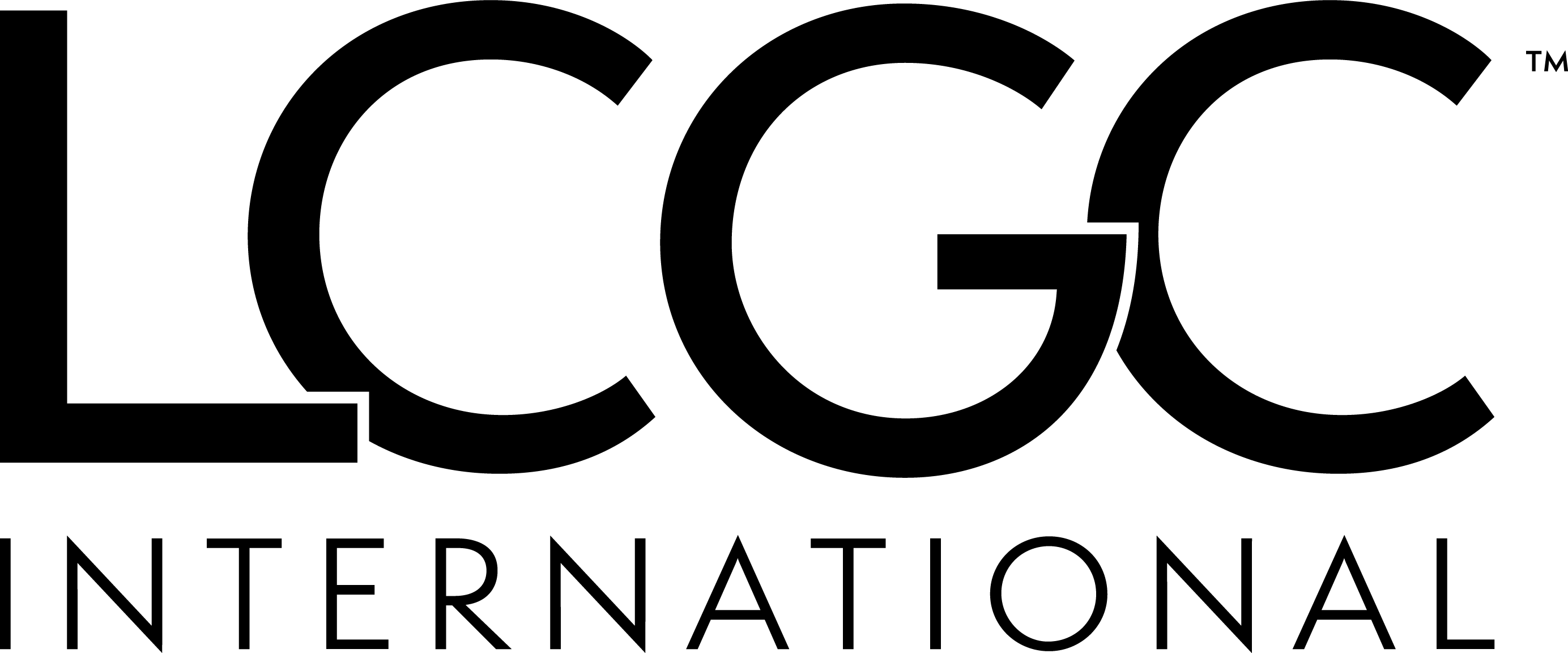
Obama Reform Plan Features Curbs on Drug Spending
The
Because broader insurance coverage and gap closure will expand drug sales and industry revenue, the Obama plan also increases a proposed “assessment” on pharma from $23 billion in the Senate bill to $33 billion, starting in 2011 to avoid tax problems. Medical device makers also would have to pay $20 billion in fees over 10 years, starting in 2013.
Similar to previously approved Senate and House bills, the plan retains a boost in Medicaid drug rebates from 15 to 23% and authorizes discounts on drugs sold to community hospitals. Drug companies would have to fully disclose financial arrangements with doctors, and pharmacy benefit managers would report rebates and discounts on drugs, along with success in boosting generic drug use.
The proposal also seeks to curb “pay-for-delay” deals between brand and generic drug manufacturers; stipulates that effectiveness research would not influence coverage decisions; and supports establishing a pathway for follow-on biologics.
For these and most of the provisions in the White House announcement, there are few specifics or proposals for implementation.
Many key provisions in enacted Democratic legislation are featured in the plan: an insurance exchange to provide coverage options to the uninsured; tax credits to help individuals and small business pay premiums; curbs on insurance industry discriminatory practices; aid to state Medicaid programs; an individual coverage mandate (with low penalties); and cuts in rates for Medicare Advantage plans.
Most notable politically, there’s no govern-run coverage option. And the plan significantly scales back a proposed tax on high-cost “Cadillac” health plans, making up the lost revenue with a tax hike on high-income individuals. Most notable politically, there’s no govern-run coverage option.
Newsletter
Stay current in clinical research with Applied Clinical Trials, providing expert insights, regulatory updates, and practical strategies for successful clinical trial design and execution.





.png)



.png)



.png)
.png)
